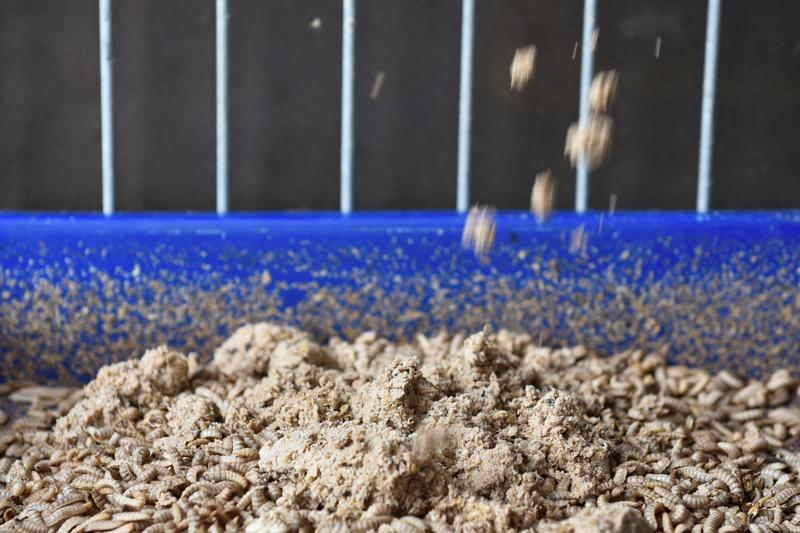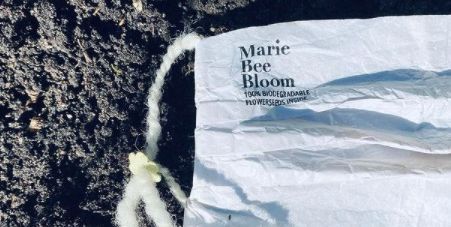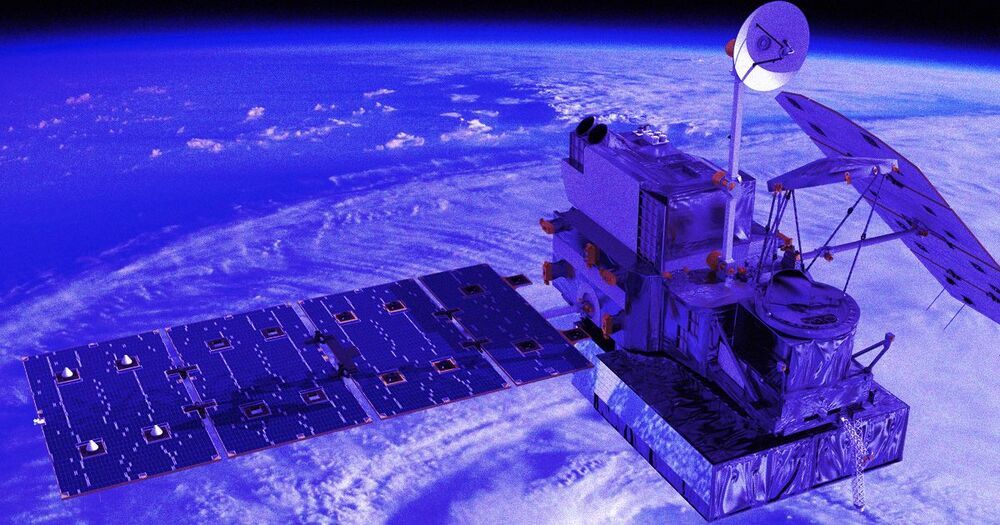The FDA does not use modern updated science to retest chemicals in food. This study showed that a common food preservative can increase food allergies and damage the immune system.
New science suggests the FDA should test all food chemicals for safety.
A food preservative used to prolong the shelf life of Pop-Tarts, Rice Krispies Treats, Cheez-Its and almost 1250 other popular processed foods may harm the immune system, according to a new peer-reviewed study by Environmental Working Group.
For the study, published this week in the International Journal of Environmental Research and Public Health, EWG researchers used data from the Environmental Protection Agency’s Toxicity Forecaster, or ToxCast, to assess the health hazards of the most common chemicals added to food, as well as the “forever chemicals” known as PFAS, which can migrate to food from packaging.




